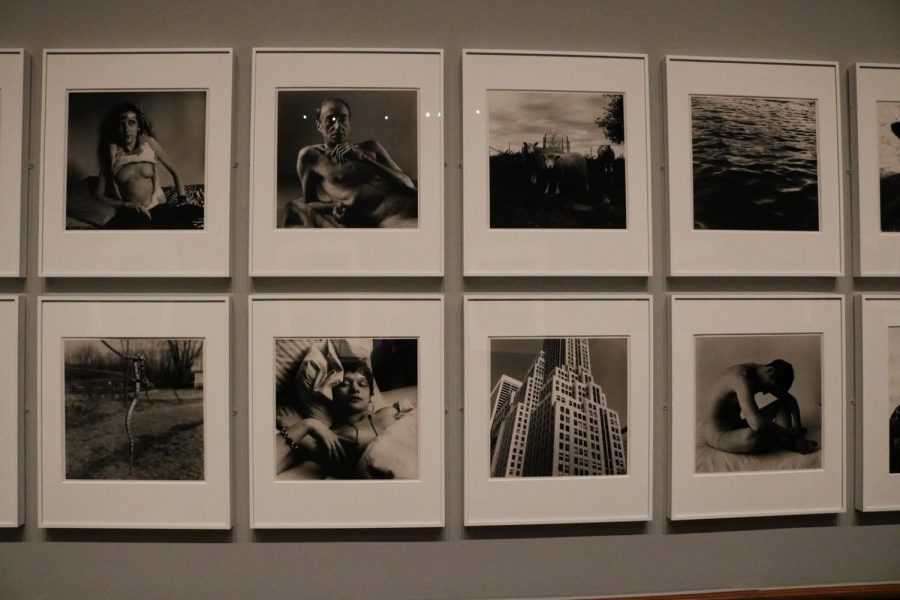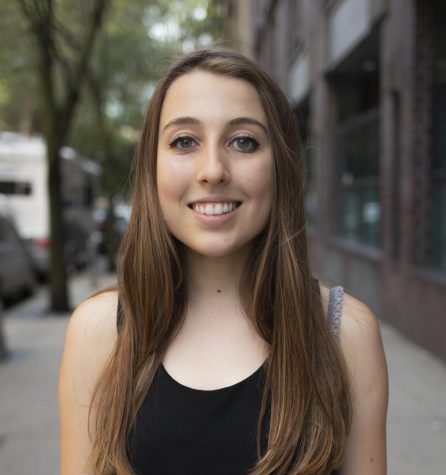Peter Hujar: A Lover and a Fighter
A current photography exhibition at the Morgan Library & Museum features work by Peter Hujar, who documented New York City gay life from the 1969 Stonewall Uprising to the AIDS crisis of the 1980’s. Curated by Joel Smith, ‘Peter Hujar: Speed of Life,’ will run until May 20.
February 12, 2018
The Whitney Museum of American Art, the Museum of Modern Art and the Metropolitan Museum of Art should all watch their backs because there’s a new kid on the block — the Morgan Library & Museum. Well, it’s more of a long-time neighbor who you never really knew existed, but nonetheless, this historic building and its fine art, literature and music are all too often overlooked by NYU students sticking to the popular names in the museum scene.
The Morgan is currently hosting an exhibit, “Peter Hujar: Speed of Life,” which will run until May 20. This collection of photographs, curated by Joel Smith, chronicles the works of Peter Hujar — an influential photographer whose art is predominantly associated with the public unfolding of gay life in downtown New York City between the 1969 Stonewall uprising and the AIDS crisis of the ’80s. Hujar himself died of AIDS-related pneumonia at the age of 53.
Despite his life spanning only a handful of decades, Hujar’s legacy has ticked onward over time. Whether it be in the form of his monograph, “Portraits in Life and Death,” or the collection of nudes, candid photos of city life and intimate profiles that dominate the Morgan exhibit, his photographs have remained relevant to this day. Walking around the exhibit, I caught glimpses of my own experience in New York — haunting black and white depictions of corners of the city I’ve visited and snapshots of the expressions of joy and hurt that have been worn by the people around me. Hujar’s overarching tendency to capture the unconventionally attractive leaves visitors feeling oddly comforted and more in tune with the universal human experience.
Hujar’s own story and character exude from the collection — so much so that looking at certain prints feels like intruding on a private moment. One specific picture of his parents, standing uncomfortably next to one another, reads like retribution. Hujar moved away from home at 16 because his mother, Rose Murphy, couldn’t reconcile herself with her son’s homosexuality. He never forgave her. In the photograph, Hujar’s parents stand meek and wide-eyed. It feels like a shift in power and an effort to relieve the anguish of years of rejection.
He was very much governed by his emotions — both in his life and in his art — and was constantly seeking the approval and recognition of the art community, despite a carefree bohemian appearance. Hujar vocalized his frustration with photographers like Robert Mapplethorpe, who he thought promoted only idealized bodies but received copious attention. Surrounded by stars like Andy Warhol and Susan Sontag in his personal life, Hujar wanted the same level of recognition for his own art but held few of his own shows and didn’t attract the attention of the press.
Seeing his work, it’s hard to fathom his insecurity and constant desire for attention. His photographs are powerful and meaningful, and they drip with history, sex and aesthetic appeal. But without the context of Hujar as person, part of the pictures’ power would be lost. It was the artistic struggle of wanting fame while portraying the opposite that defined his career and makes his work significant.
A version of this article appeared in the Feb. 12 print edition. Email Jemima McEvoy at [email protected].
















































































































































